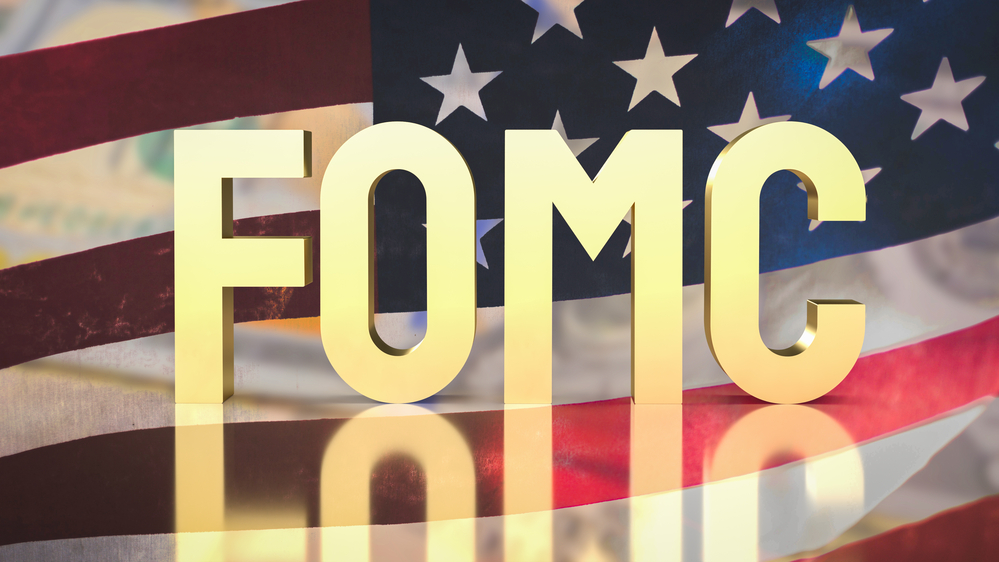
Monetary Policy & Inflation | US

Monetary Policy & Inflation | US
This article is only available to Macro Hive subscribers. Sign-up to receive world-class macro analysis with a daily curated newsletter, podcast, original content from award-winning researchers, cross market strategy, equity insights, trade ideas, crypto flow frameworks, academic paper summaries, explanation and analysis of market-moving events, community investor chat room, and more.
Since we know the Fed will hold next week, the main uncertainty is around Fed guidance. I do not expect Powell to provide any.
In his latest public appearances on 15 July and 9 July, Powell said the last three inflation readings added ‘somewhat’ to Fed confidence inflation is moving sustainably down to 2%.
Since then, there has been no new inflation data and growth developments have been positive, with the economic surprise index turning up and the Atlanta Fed GDP nowcast predicting 2.6% for Q2 (Chart 1). The Fed still needs more good inflation data (Chart 2).
How much more good inflation data? In a 17 July speech, Christopher Waller provided three scenarios:
Waller views Scenario 2 as most likely and Powell likely does too. But Powell has a problem – markets are already pricing 100% risk of September cut.
Markets are pricing 100% chance of a 25bp cut at the September meeting due to a combination of, until recently, negative data surprises and lack of guidance from Powell (Chart 3). In his last three public appearances, Powell made clear this was deliberate. ‘Today, I’m not going to be sending any signals one way or the other on any particular meeting.’
Markets think it is because he intends to cut in September. I think it is because of the charged political climate.
There is a risk Fed independence could be undermined if the Republicans get a clean sweep in November. There have been media reports a Trump administration would try to undermine Fed independence, which the Trump campaign denies. A conservative think tank recently published a blueprint for Fed reform that would effectively end its independence.
Powell is justifiably worried. The 5 July monetary policy report to Congress included a section on central bank independence. Also, last week’s Q&A in Congress made clear Fed independence was a key topic in his recent Congressional visits.
Nevertheless, during the 9 July testimony several Senators stressed it would be unadvisable to cut before the 5 November elections as it could create perceptions of compromised Fed neutrality. Presidential candidate Donald Trump expressed a similar opinion in a recent interview.
As a result, a usually cautious Powell (‘We’ll continue to make our decisions meeting by meeting, based on the totality of the data’) is even more cautious this time and keeping his cards close to his chest, leaving markets to chart their preferred Federal Funds Rate course.
The risk for Powell is if he continues not providing guidance, markets could move further from his preferred course of action that could either force him to ease or to generate market volatility if he ignores markets demand.
Overall, I expect Powell to remain schtum next week. This is because a six week difference (i.e., cutting in September or November) in the timing of a cut will not make much difference to the economic outlook that Powell views positively. Powell sees the labour market as ‘very strong’ if ‘no longer overheated.’ More broadly, Powell expects the US economy this year ‘to slow a bit, gradually.’ Data is consistent with Powell’s view. For instance, forward-looking expenditures (i.e., based on expectations of future income) such as equipment capex or durable goods spending, show businesses and households keeping a positive outlook on growth (Chart 4).
Powell could feel compelled to provide guidance if market pricing and economic fundamentals moved further apart. For instance, markets priced more than one cut in September while economic data remained strong. For now though, it makes sense for Powell to keep his cards close to his chest.
I still expect one 2024 insurance cut at the November or December FOMC meetings. By contrast, markets are pricing 2.5 cuts by December, and a 98% probability of cut in September.
.
.
Spring sale - Prime Membership only £3 for 3 months! Get trade ideas and macro insights now
Your subscription has been successfully canceled.
Discount Applied - Your subscription has now updated with Coupon and from next payment Discount will be applied.